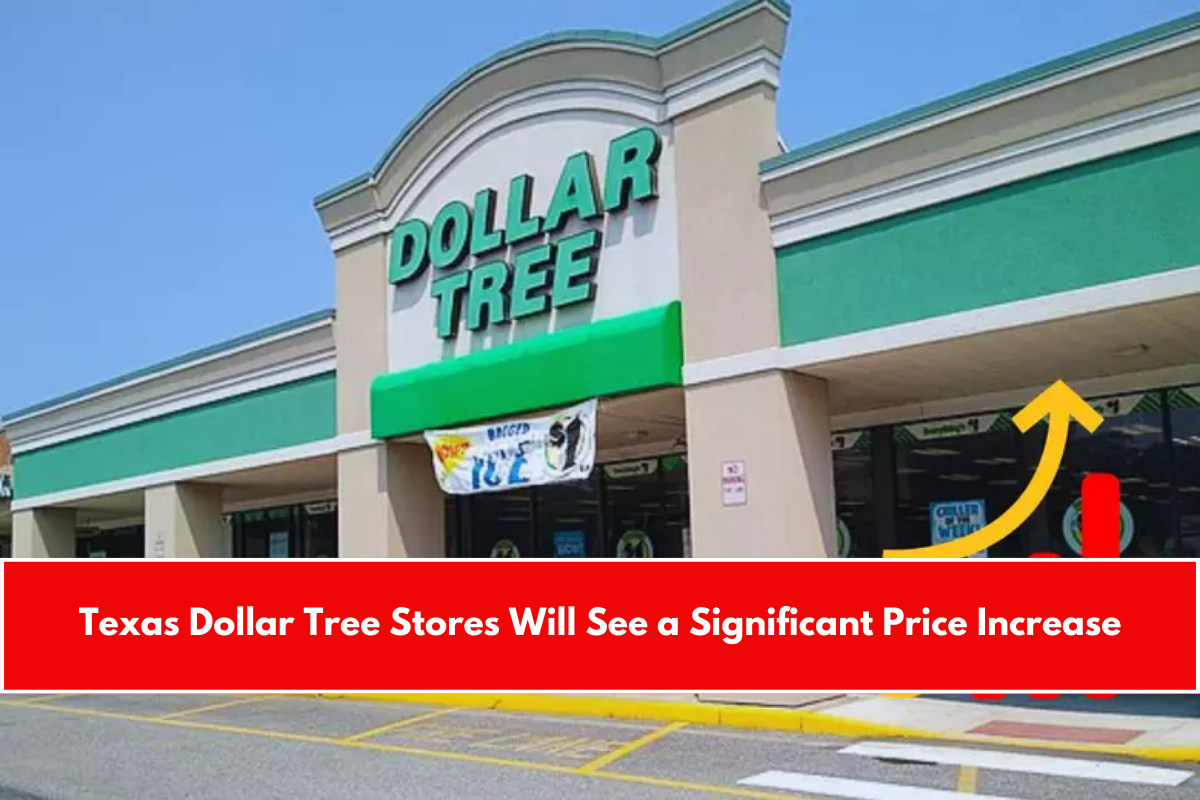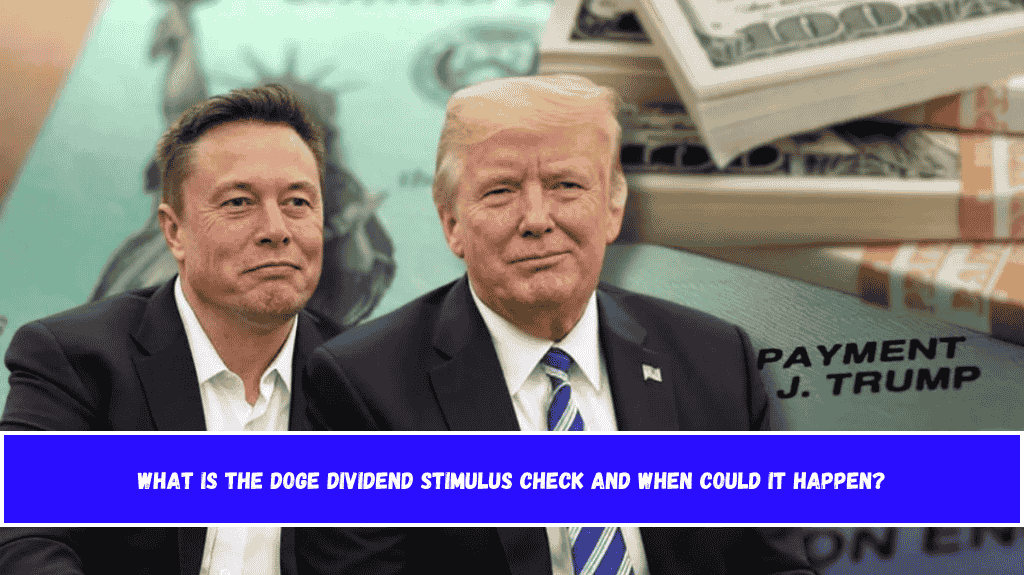A new type of stimulus payment, called the “DOGE Dividend,” is gaining attention across the US. James Fishback, CEO of Azoria, recently shared in an interview with Chris Cuomo that this payment could become a reality very soon. The proposal has left millions of Americans waiting in anticipation, especially with big names like Donald Trump, Elon Musk, and Kevin Hassett expressing support.
But what exactly is the DOGE Dividend, and will it truly be paid out to taxpayers? Here’s everything you need to know.
What Is the DOGE Dividend?
The DOGE Dividend is a proposed stimulus payment that would be funded from government savings, not borrowed money. Fishback explained that since most of the government’s spending comes from taxpayers, any savings made by cutting unnecessary expenses should be returned to the public.
This idea is linked to the Department of Government Efficiency (DOGE), which reported saving $130 billion by March 2025. Fishback suggests that 20% of these savings could be sent back to Americans who pay taxes, calling it a “dividend” for taxpayers.
Who Supports This Proposal?
The DOGE Dividend has caught the attention of lawmakers from both parties. Fishback claims the plan has received bipartisan support in Congress, and endorsements from:
- Donald Trump, who showed support in February 2025
- Elon Musk, who spoke positively about the idea at a rally in Wisconsin
- Kevin Hassett, former White House economic adviser
Musk has praised the DOGE department’s budget-saving efforts, stating that the reduction in public spending would also lower the “inflation tax.”

How Would the DOGE Dividend Work?
While no official plan or bill has been passed yet, here’s what the concept includes:
- Funded by government savings (not borrowing)
- Based on the idea of refunding taxpayers
- Would not be given to low-income households that don’t pay federal taxes
- Focuses on those who regularly contribute to the federal treasury
Fishback has explained that this payment is not a traditional stimulus check, but more like a refund. Unlike past COVID-19 checks, which went to everyone, this plan targets net taxpayers—people who send more money to the government than they receive in benefits.
Will the DOGE Dividend Cause Inflation?
Some experts are raising concerns. While Fishback insists the plan would not cause inflation, others are not so sure.
He argues that the money would come from existing savings, not new debt, so it wouldn’t affect the economy like previous stimulus rounds. However, critics like Aaron Razon (CouponSnake) and Joseph Camberato (National Business Capital) worry that the extra cash could still:
- Lead to increased consumer spending
- Put pressure on supply chains
- Cause higher prices, just like during the COVID-19 stimulus period
These concerns are also fueled by recent reports showing a 5% increase in the federal deficit in February 2025, according to the Congressional Budget Office (CBO).
Is the DOGE Dividend Confirmed?
No, the DOGE Dividend is still a proposal. There are no official laws or payment plans in place yet. Fishback remains hopeful, pointing to progress in Congress and growing support. But until a proper bill is introduced and passed, nothing is guaranteed.
As of now:
- The White House has not confirmed the plan
- Donald Trump hasn’t made new statements since February
- Congress has not debated or approved any bills about it
The DOGE Dividend is a bold new proposal that could give money back to taxpayers using funds saved from government budget cuts. Supporters say it would reward contributors, not increase debt, and avoid the inflation risks of past stimulus checks. But until laws are passed, it remains just an idea.
For now, the DOGE Dividend is not confirmed, and no money is being sent out. However, if approved, it could affect millions of Americans—especially those who regularly pay federal taxes. Keep watching for updates, as lawmakers continue to discuss the future of this potential payment.


















Leave a Reply